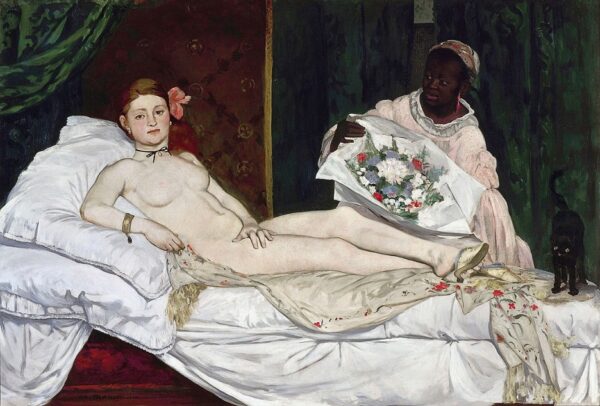
The Uses and Abuses of Manet’s Olympia
Manet’s art is about challenging what we think we know about the world: about what makes a finished picture as well as about what constitutes a politics of class, gender, and race. And doesn’t the moral value of artworks lie in their resistance to our assumptions about the world, not how they reaffirm what we already think we know?












